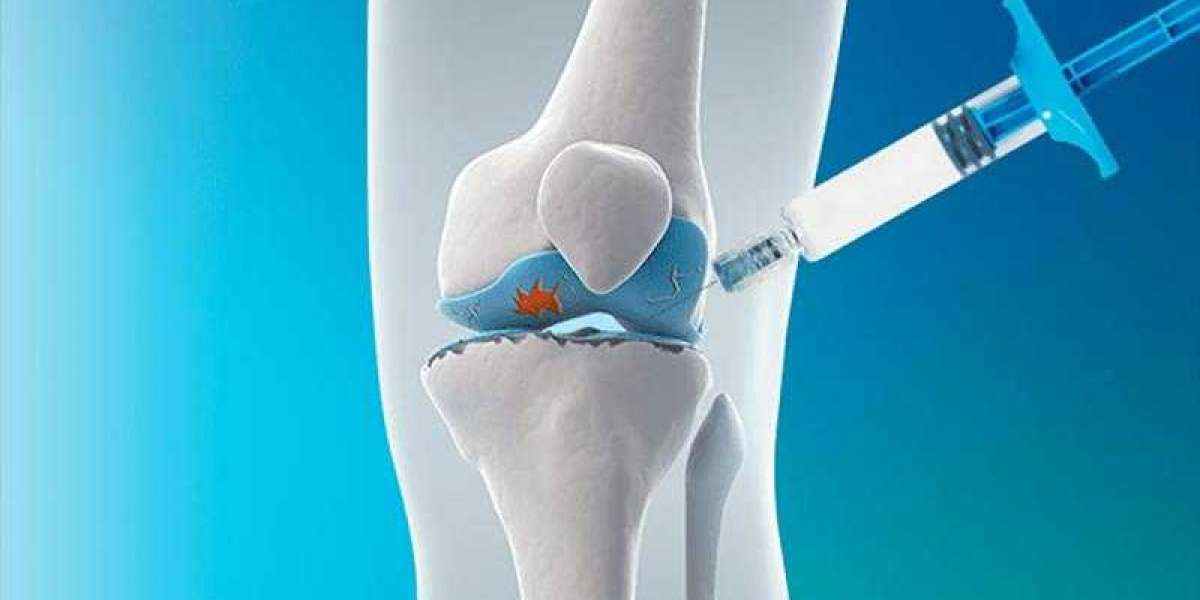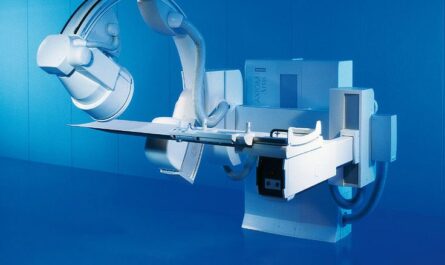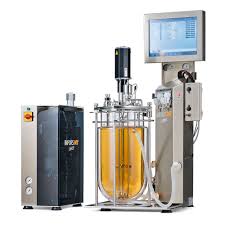Market Overview
The global Viscosupplementation Market is estimated to be valued at US$3,146.7 million in 2022 and is expected to exhibit a CAGR of 8.2% over the forecast period (2022-2030), as highlighted in a new report published by Coherent Market Insights. Viscosupplementation involves the injection of hyaluronic acid-based products into joints affected by osteoarthritis. The procedure provides pain relief, improves joint mobility, and reduces dependence on oral pain medications.
Market Dynamics
The Viscosupplementation market is driven by two main factors: the increasing prevalence of osteoarthritis and the growing demand for minimally invasive treatment options. Osteoarthritis affects millions worldwide, causing joint pain, stiffness, and reduced mobility. Hyaluronic acid injections offer an effective solution for managing symptoms and improving the quality of life for patients. Additionally, the aging population, increased sports-related injuries, and rising awareness regarding non-surgical treatment options further contribute to the market growth.
For instance, the use of viscosupplementation as an alternative to surgery has gained popularity due to its lower risk, shorter recovery time, and cost-effectiveness. Moreover, advancements in product formulations and manufacturing technologies have improved the quality and efficacy of these hyaluronic acid-based injections, further driving market growth.
Market Key Trends
One key trend in the Viscosupplementation Market is the development of customized products tailored to specific patient needs. Manufacturers are focusing on creating high-viscosity formulations, which provide longer-lasting pain relief and improved lubrication for joints, enhancing patient satisfaction. For example, Anika Therapeutics Inc. recently introduced a novel form of hyaluronic acid viscosupplement called CINGAL, which combines hyaluronic acid with a steroid to provide quick pain relief and lasting efficacy.
SWOT Analysis
Strength: Viscosupplementation offers a non-surgical treatment option for osteoarthritis patients, reducing the need for invasive procedures and improving quality of life.
Weakness: The high cost of viscosupplementation treatment limits its adoption in certain regions, hindering market growth.
Opportunity: The rising demand for minimally invasive treatments and increasing healthcare expenditure present opportunities for market expansion.
Threats: Competition from alternative treatment options such as physical therapy and pain medications, as well as unfavorable reimbursement policies, pose challenges to market growth.
Key Takeaways
In terms of market size, the global Viscosupplementation market is poised for significant growth, exhibiting a CAGR of 8.2% over the forecast period. This growth is attributed to the increasing prevalence of osteoarthritis and the demand for non-surgical treatment options. The market is expected to witness substantial growth in regions with a higher prevalence of osteoarthritis, such as North America and Europe.
North America is anticipated to dominate the Viscosupplementation market due to the presence of key players, favorable reimbursement policies, and advanced healthcare infrastructure. On the other hand, Asia Pacific is expected to be the fastest-growing region, driven by a large patient pool, increasing healthcare expenditure, and a shift towards non-invasive treatment options.
Key players operating in the global Viscosupplementation market include Anika Therapeutics Inc., Seikagaku Corporation, Ferring Pharmaceuticals, Bioventus, Fidia Farmaceutici S.P.A., Mylan N.V., Sanofi S.A., OrthogenRx, Teva Pharmaceutical Industries Ltd, and Johnson & Johnson. These players are focusing on research and development activities to introduce innovative products, expand their market presence, and gain a competitive edge.
In conclusion, the Viscosupplementation market is experiencing significant growth, driven by the increasing prevalence of osteoarthritis and the demand for minimally invasive treatment options. Customized product offerings and advancements in formulations have further enhanced the market opportunity. However, challenges related to cost and competition from alternative treatments should be carefully addressed by industry players to sustain and capitalize on market growth.




